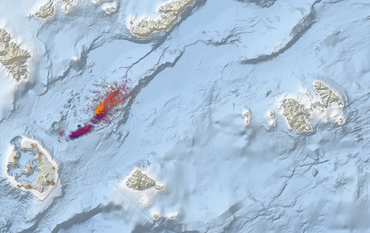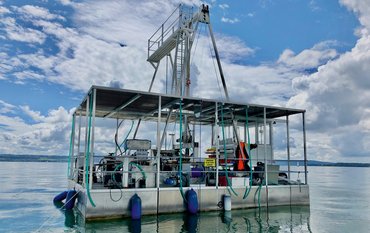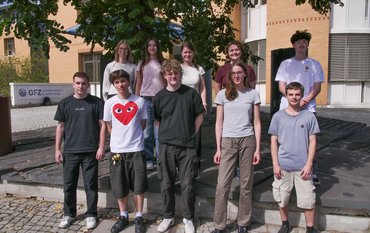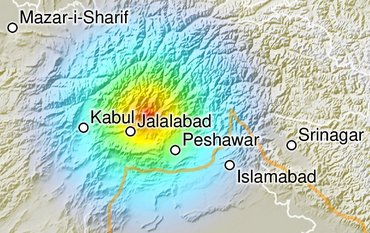Just a few years ago, there were only around 1,000 operational satellites, today there are nearly 6,000. It is estimated that more than 100,000 satellites will be launched into orbit in the next five years alone. New generations of commercial satellites are increasingly manufactured with off-the-shelf components, which are potentially less robust than previously built large spacecrafts. This increases the vulnerability of satellite technology to the conditions in space. Various phenomena that originate from the Sun change the conditions in space and can result in space weather, a collective term used to describe hazardous events in the near-Earth space environment that can have an effect on humans and technology in space and can have adverse effects on the ground.
The increasing dependence of society on technologies in space, as well as newer developments such as autonomous driving, is focusing more attention on space weather events. Harmful effects of space weather processes include radiation that can damage satellites, density fluctuations of the ionosphere and plasmasphere that can disrupt the Global Navigation Satellite System in positioning and navigation, and fluctuations in the density of the thermosphere that can make the prediction of satellite orbits and the tracking of space debris unreliable. Magnetically induced currents from geomagnetic storms can also have a massive impact on power grids on Earth by damaging transformers.
A real-time early warning system can help stakeholders prepare for space weather events. For example, some satellites can then be put into a protective mode. Planned satellite maneuvers or software updates can also be postponed under unfavorable space weather conditions. To accomplish this, however, those responsible need space weather warnings with sufficient lead time. Furthermore, they also need to know the probability of the events occurring and require forecasts based on state-of-the-art models and real-time data. Ideally, these complex forecasts should be available in an easily understandable format.
Several prediction tools have been developed in two recent projects funded by the European Union's Horizon 2020 research and innovation programme, namely, the PRediction of Geospace Radiation Environment and Solar wind parameterS project (PROGRESS) and the Prediction of Adverse effects of Geomagnetic Storms and Energetic Radiation project (PAGER). These projects resulted in the development of tools that are now operating on the PAGER website at: https://www.spacepager.eu/data-products. The unique prediction network is the first system that couples codes from the Sun to the magnetosphere and Earth surface and also the first to provide comprehensive predictions with confidence levels.
Forecasts and Long-term probabilistic data Assimilative prediction of the effects of Geomagnetic storms
The FLAG project (Forecasts and Long-term probabilistic data Assimilative prediction of the effects of Geomagnetic storms) now builds directly on the PAGER and PROGRESS projects. State-of-the-art codes and machine learning tools are combined to create accurate long-term, data-assimilative, and probabilistic forecasts of the near-Earth space environment (Figure 1).
FLAG will help transfer codes into operational use at the European Space Agency ESA. The goal of the project is to further improve the forecasts by reorganising the coupling of the codes, provide realistic ensembles, adding new modules, and carefully validating the new framework as a whole.
The final output of the FLAG early warning system will be simple to understand “traffic-light” indicators that will tell the stakeholders if their particular spacecraft, depending on the orbit and materials used, is in danger or not. Professor at the University of Potsdam and leader of Section 1.5 at the GFZ, Prof. Dr. Yuri Shprits, adds “With the changing situation in the US, it has become more important than ever before for Europe to have its own space weather prediction tools independent from the US”.
FLAG | Project Duration and Details
The FLAG project is designed for two years. It is jointly carried out by researchers from the European Space Agency (ESA), the GFZ (Helmholtz Centre for Geosciences), the University of Warwick, TRAD Tests and Radiation, the Université catholique de Louvain, and the BIRA (Royal Belgian Institute for Space Aeronomy). The main coordination and management are carried out by Prof. Dr. Yuri Shprits and Dr. Elodie Kendall from Section 1.5 Space Weather and Space Physics at the GFZ.
![[Translate to English:] PAGER Products (graphic illustration)](/fileadmin/_processed_/7/1/csm_20250616_Fig3-all_4c4af95c4a.jpeg)
![[Translate to English:] PAGER Products (graphic illustration)](/fileadmin/_processed_/c/8/csm_20250616_Fig3-a_92e30b1f41.jpeg)
![[Translate to English:] PAGER Products (graphic illustration)](/fileadmin/_processed_/f/1/csm_20250616_Fig3-b_45f796d21d.jpeg)
![[Translate to English:] PAGER Products (graphic illustration)](/fileadmin/_processed_/7/9/csm_20250616_Fig3-c_d49f005358.jpeg)
![[Translate to English:] [Translate to English:] PAGER Produkte (graphische Darstellung von Weltraumwetter)](/fileadmin/_processed_/0/f/csm_20250616_Fig3-d_477ad854de.jpeg)
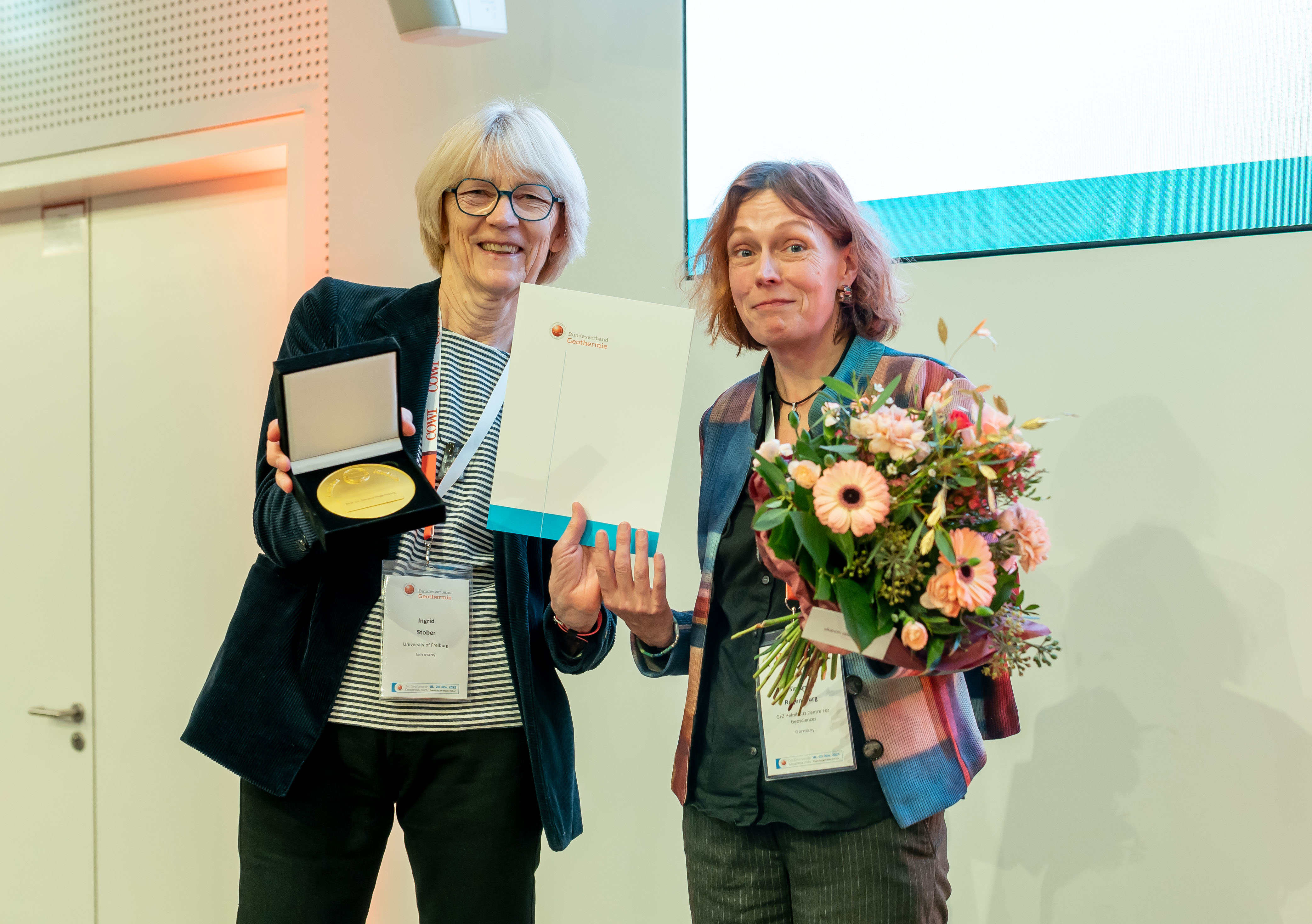

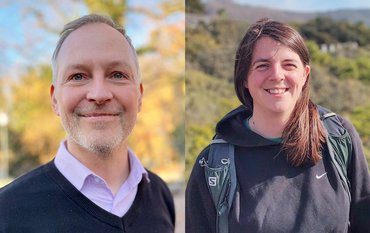
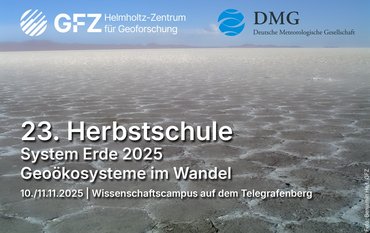
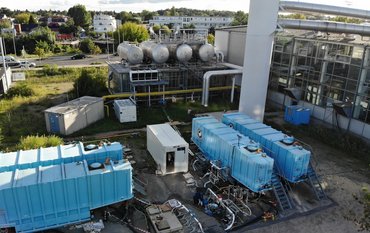
![[Translate to English:] Group photo with 8 people in a seminar room in front of a screen.](/fileadmin/_processed_/2/1/csm_20251114_News_EU-Water-Resilience-Exchange_Kreibich_c-xx_db4e5be690.jpeg)
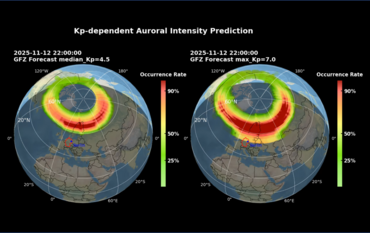

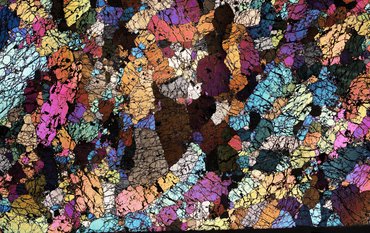
![[Translate to English:] Portrait photo, blurry background](/fileadmin/_processed_/a/2/csm_2025_11_06_JEAN_BRAUN_HE_Helmholtz_Portraits-23_2b5c35beee.jpeg)
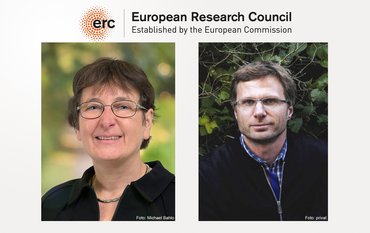
![[Translate to English:] Excerpt from a map of the Phlegraean Fields near Naples, Italy: Left: Red dots mark smartphone sensors, yellow triangles mark fixed seismological stations. Right: The area is coloured in shades of yellow, red and purple according to the amplification of seismic waves.](/fileadmin/_processed_/3/b/csm_20251028_PM_Smartphone-Earthquake_Slider_12500fa0e6.jpeg)

![[Translate to English:] Green background, portrait of Heidi Kreibich](/fileadmin/_processed_/1/1/csm_20251023_Kreibich-Heidi-2025-Vollformat-green_web_-c-Michael-Bahlo_72946c7fe4.jpeg)
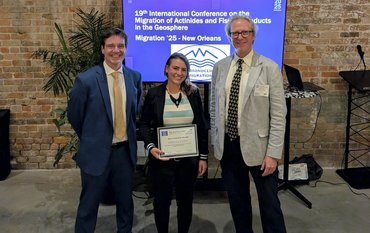
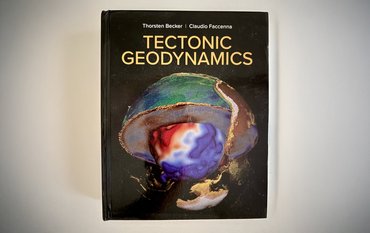
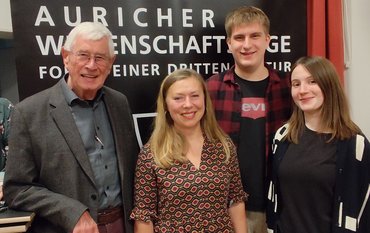
![[Translate to English:] semicircle depicting the future missions, graphics of the new satellites](/fileadmin/_processed_/3/d/csm_2025_10_08_Copernicus_Erweiterung_3f08a76a33.png)
![[Translate to English:] Portrait picture](/fileadmin/_processed_/f/4/csm_Magnall-Joseph-Kachel-c-privat_36e23315c3.jpeg)

